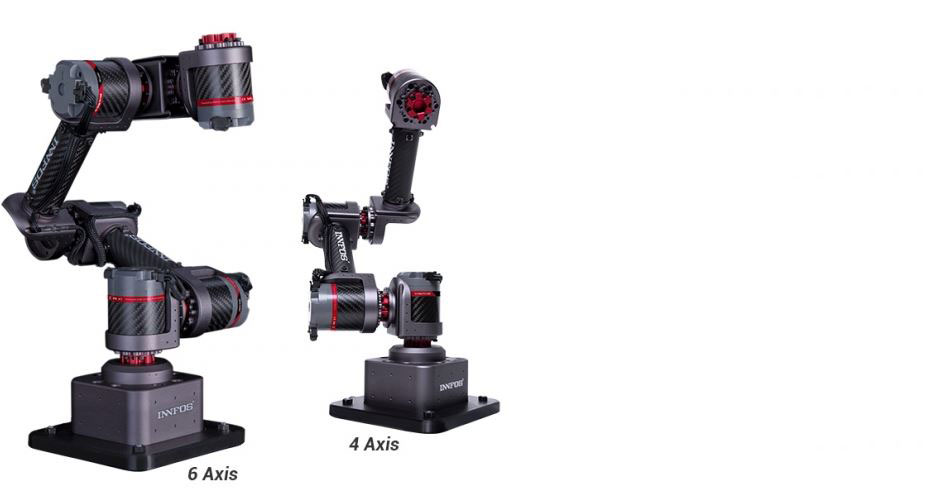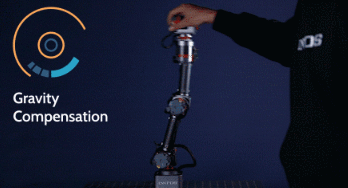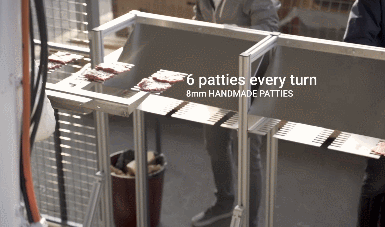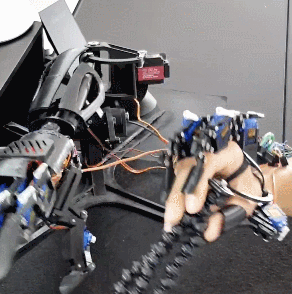Gluon 6-Axis Desktop Robotic Arm

Here is a 6-axis robotic arm with smooth motion that can pick & place, play cards, and do a whole lot more. It has 0.1mm repeatability, 2m/s speed and payload of 500g. The robot has a reach of 421mm.


Here is a 6-axis robotic arm with smooth motion that can pick & place, play cards, and do a whole lot more. It has 0.1mm repeatability, 2m/s speed and payload of 500g. The robot has a reach of 421mm.


Here is a pair of new robotic board games from InfiVention Technologies that let you play checkers, chess, and other fun games against other around the world. The Square Off NEO features faster movement, adaptive AI, and connectivity to Chess.com, so you can play against friends and strangers. Its AI automatically adapts to your skill level while its personal coach (Viktor) helps improve your game.

Here is a robotic grill that can make 500 perfectly cooked burgers in an hour & half. ETH Zurich engineers used an ABB IRB4600 robot arm with 3 800C BEEFER units to get it done. This industrial robot arm has max payload capacity of 40kg. It can handle 6 patties each time.

Meet Chappi: a 3D printed 4-legged robot that is controlled by Arduino Nano. It has a distance sensor and piezo speaker too. The kit has 3D printed parts, 4 x MG90S servomotors, a HC-SR04 ultrasonic sensor, an IR remote controller and LiPo battery.

A turntable add-on is also available for this robot. More info is available here.

Here is another 3D printed robotic hand for your DIY projects. Youbionic Robot Right Hand 2019 can move like a human hand. It can be programmed on a PC or Mac and works with Arduino microcontrollers. This robot hand can perform every grip and position. It is 3D printed in PLA and has 11 native servos.

Meet Mantis: a haptic robot arm by Bristol’s team of engineers that offers force feedback at an affordable price. It has 3D printed case mounts, magnetic/absolute encoders, brushless motors, and a 3D printed base. Using this robotic arm, you will be able to touch & feel virtual objects.

So you would like to take your smartphone video chats to the next level? Rimo is just the device for the job. It is a 360-degree video chat device that can recognize hand gestures. It connects to your phone and lets the person on the other side control it with hand gestures.